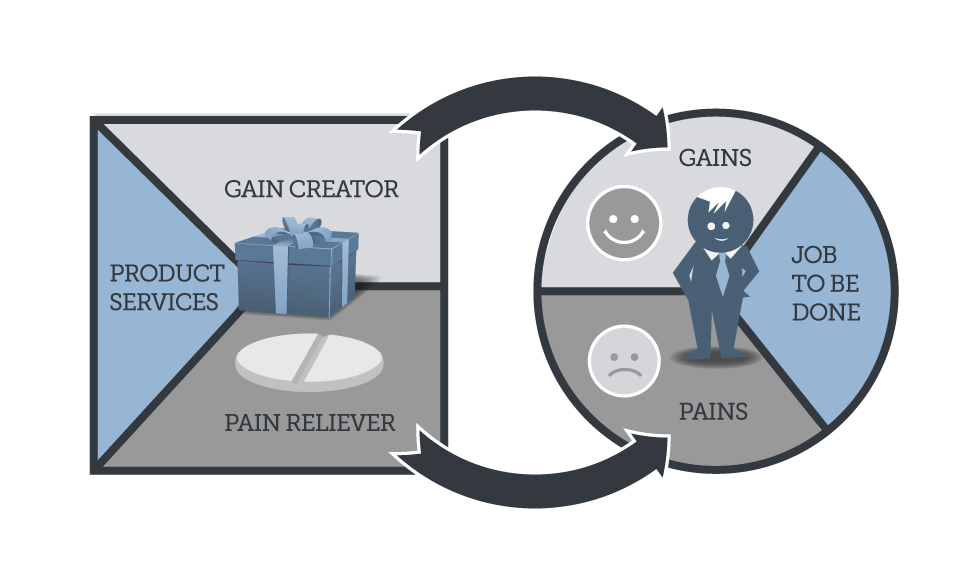How to Generate Enough Leads to Meet Your Sales Budget – Part 2
 One of my readers recently asked me if I knew any effective ways for generating leads. She was new in a new (yes, two “new”) sales position and found lead generation to be really difficult.
One of my readers recently asked me if I knew any effective ways for generating leads. She was new in a new (yes, two “new”) sales position and found lead generation to be really difficult.
In the first part of this series of posts I emphasized that most leads should be generated by the marketing function. I used the famous restaurant Noma as an example of a company entirely running its’ business through inbound lead generation. I could have used Atlassian and Basecamp too.
However, there are often situations where the volume and quality of inbound leads are not sufficient to satisfy the potential offered by the market. In such situations we need to reach out to the potential customers and stimulate their interest.
We find them (outbound lead generation)
Very few companies are like Noma, and that is a huge mistake. You must be known for something exceptional and for something that gives very high value in exchange for the prices you ask. If you are unable to build such an image then the lead generation problem resides in the executive office and not in the marketing and sales departments. You cannot become successful by throwing marketing and sales people at a lousy business strategy (having no strategy is really lousy!).
 The people running Noma didn’t create the restaurant out of thin air. They had been in the business for years and had built a reputation that made the Noma project credible. Over time they continued to improve their reputation until the day they were awarded the title as the best restaurant in the world, then everything changed.
The people running Noma didn’t create the restaurant out of thin air. They had been in the business for years and had built a reputation that made the Noma project credible. Over time they continued to improve their reputation until the day they were awarded the title as the best restaurant in the world, then everything changed.
However, even companies with great and efficient business strategies do not get enough inbound leads to generate the growth that they want (and need!). Therefore they must use direct marketing means to get in touch with potential customers, and this is seldom a happy experience for either the people they call or for the sales people doing the calling (or other types of direct marketing activities).
First things first
First you need to identify the people that really need what you have to offer. That turns out to be very difficult for a lot of companies and explains why we are all flooded with updates, mails, tweets and phone calls from sales people offering us something that has no value to us. Being timely with a promotional offer (buy this now) is close to impossible and therefore the first outbound contact to a potential customer should never promote your company, your products and your services.
 Secondly you need to find a segment in the market where you are undisputedly perceived as better than the alternatives. That also turns out to very difficult for a lot of companies. Often it is difficult because you are not better than the alternatives, which means that your executives need to go back to the value proposition poster you have on the wall and work some more with the yellow stickers. If you are not perceived as better than the alternatives, then you will not get the final business and all your marketing and sales efforts will be in vain.
Secondly you need to find a segment in the market where you are undisputedly perceived as better than the alternatives. That also turns out to very difficult for a lot of companies. Often it is difficult because you are not better than the alternatives, which means that your executives need to go back to the value proposition poster you have on the wall and work some more with the yellow stickers. If you are not perceived as better than the alternatives, then you will not get the final business and all your marketing and sales efforts will be in vain.
Thirdly you must meet you potential customers where they are on their buyers’ journey, and 90% will be in anything but buying mode (if they on average choose a new vendor every fifth year and the average vendor selection process is six months then only 10% will be in the final selection phase at any time). When you stumble upon someone that is in buying mode (the 10%) then you will be too late to the party.
Outbound lead generation requires engaging and building relationships with the potential customers before they enter the final buying stage.








